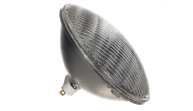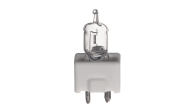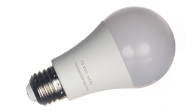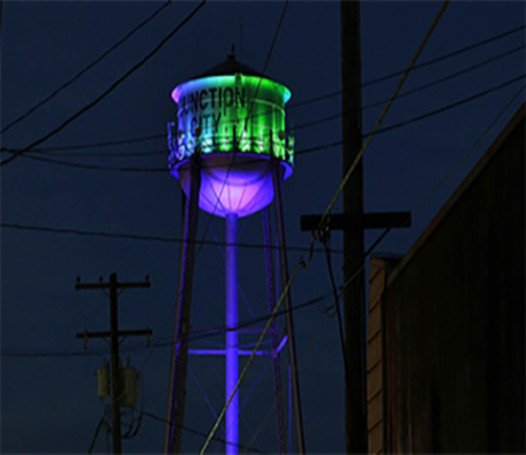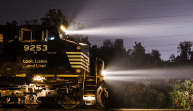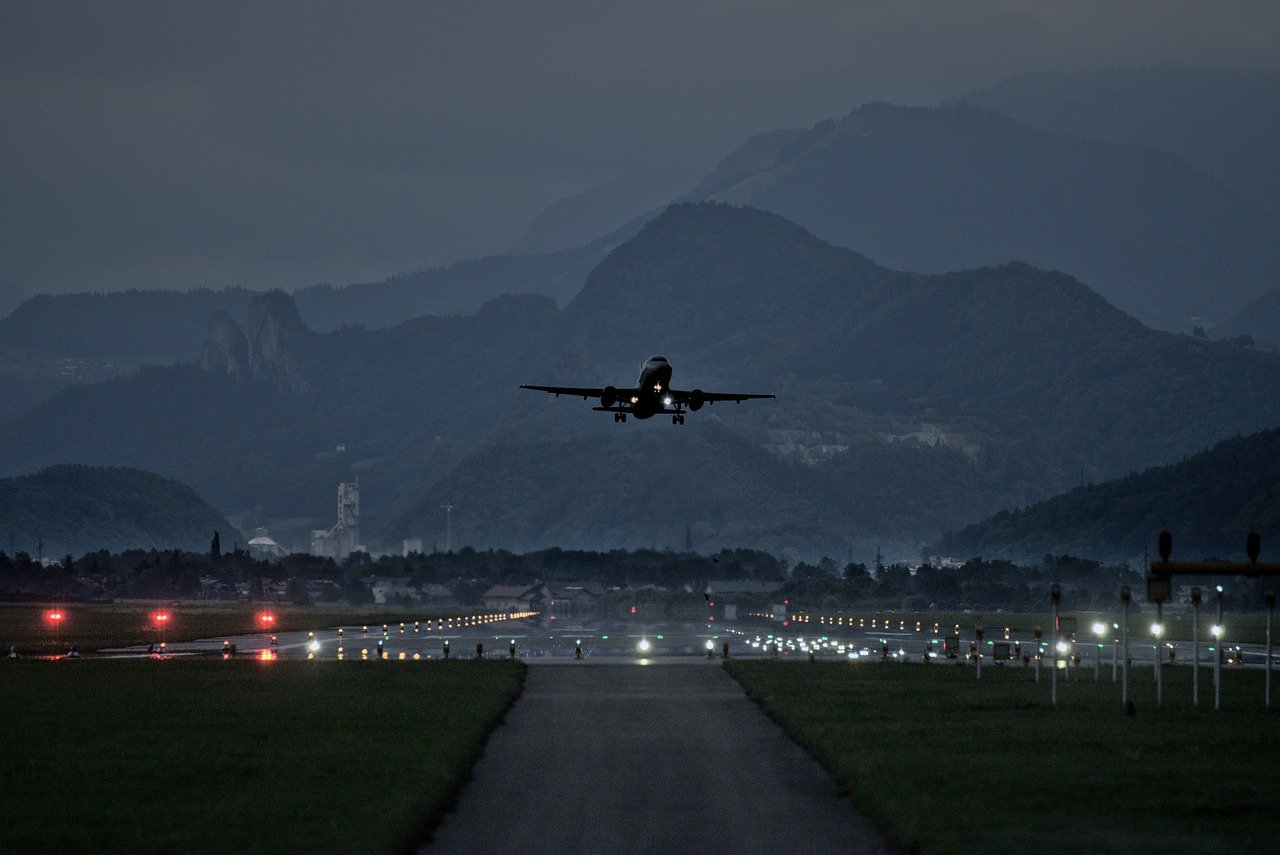
Time to Make the Switch? Six Considerations for your Transition to LED.
Many airlines are upgrading to LED for their exterior aircraft lighting, including by retrofitting older aircraft to be compatible with these environmentally friendly and longer-lasting lighting systems. In addition to offering energy savings and fewer maintenance-related costs, LED lighting offers a variety of benefits, including reduced downtime and increased assurance that your lighting system will remain compliant with evolving regulations.
However, the right time for an LED upgrade won’t be the same for every airline. In a recent two-part article series for AviationPros.com, our John Fogel shared tips and insights for performing a thorough cost-benefit analysis to help you make the best possible decision for your fleet.
Here are 6 key steps to help you determine if it’s the right time to make the switch to LED:
Assess your current system. As with any cost-benefit analysis, it’s important to begin with an assessment of where things stand—which, in this case, means comparing the types, number, costs and benefits of your current lamps with those of your prospective new system. “The estimated savings should be compared with the costs associated with the upgrade,” says Fogel. “This comparison will help determine if the benefits outweigh the costs and if the upgrade is financially viable.”
Consult the experts. Upgrades involve plenty of risks and challenges, including a potential lack of compatibility between the aircraft’s electrical system and the new lamps and the question of whether additional modifications or certifications will be needed for a successful installation. When it comes to these questions, consulting an expert can offer some much-needed peace of mind “It is advisable to consult with experts or industry professionals who specialize in aircraft lighting systems to ensure accurate assessments of costs and benefits. They can provide valuable insights and guidance throughout the analysis process,” says Fogel.
Calculate potential energy savings. LED lamps typically last longer than other types of lighting, meaning they tend to be less expensive when it comes to repairs and maintenance. Fogel adds that the energy efficiency of LEDs can be another potential source of savings. “If the aircraft operates frequently and for long durations, the energy savings from LED lamps can be significant, resulting in lower fuel consumption and operational costs,” he explains.
Factor in sustainability. Relatedly, LED lamps can help your airline reduce its carbon footprint. “LED lamps are more environmentally friendly compared to older lamps, as they consume less energy and have a lower carbon footprint,” says Fogel. “Upgrading to LED lamps aligns with sustainability initiatives and can contribute to reducing the aircraft’s environmental impact.”
Don’t underestimate compliance. It’s crucial for exterior aircraft lighting to meet or exceed industry- and government-mandated standards, which means compliance has the power to trump other factors in your cost benefit analysis. Fogel says: “If there are upcoming regulations or industry standards mandating the use of LED lamps in aircraft lighting systems, it may be necessary to upgrade regardless of the cost-benefit analysis.”
By factoring these considerations into your cost-benefit analysis, it’s possible to make an informed determination about the long-term viability of an upgrade to LED. Fogel also recommends submitting your cost-benefit analysis to regular reviews and updates to account for the ways technology and market conditions evolve over time, as well as to assess how the upgrade aligns with your financial and strategic goals.
For more insights on the LED upgrade, including quotes and perspectives from Amglo’s John Fogel, check out the two-part series from AviationPros.com:
Part 1: When to Upgrade to LED


